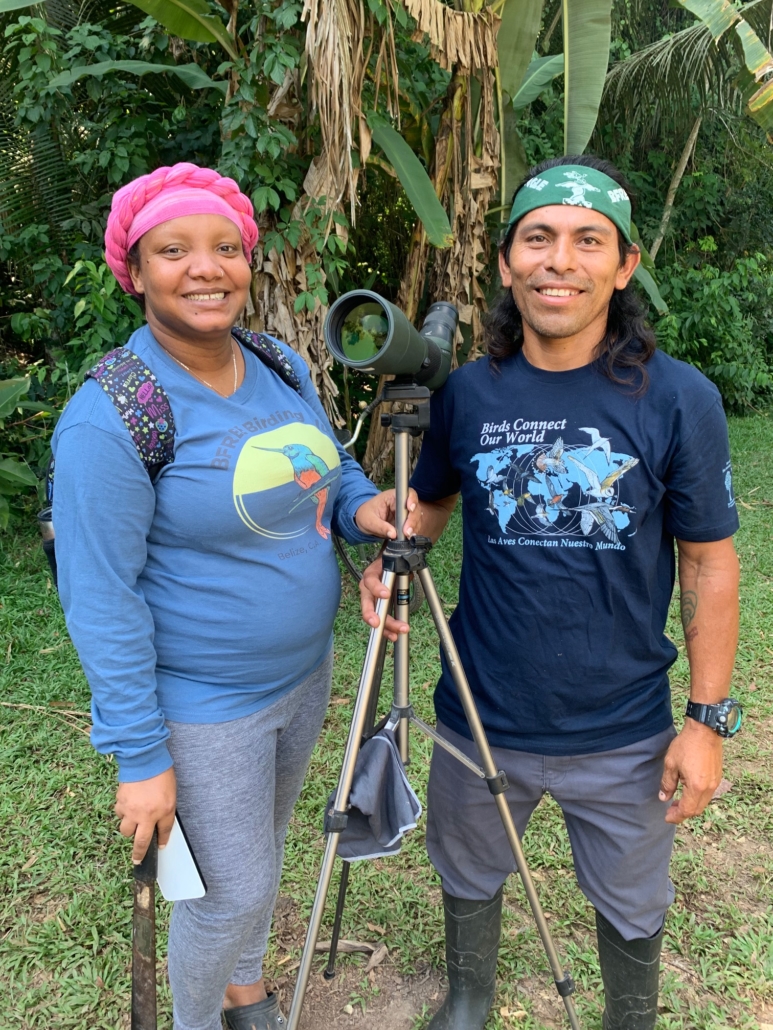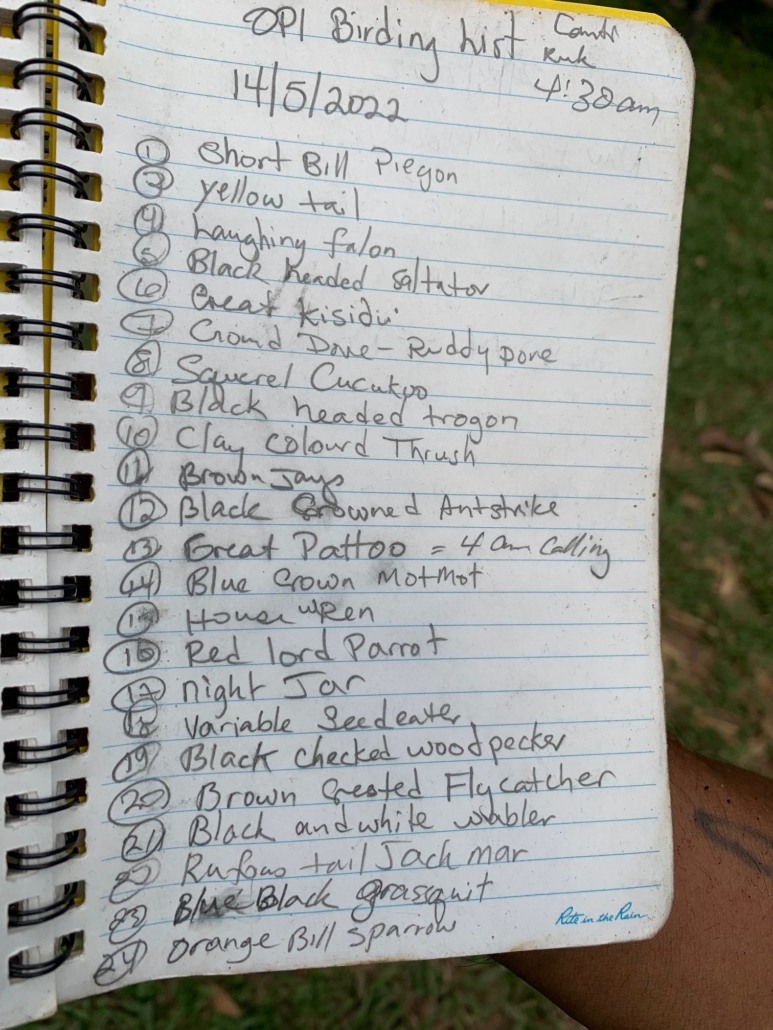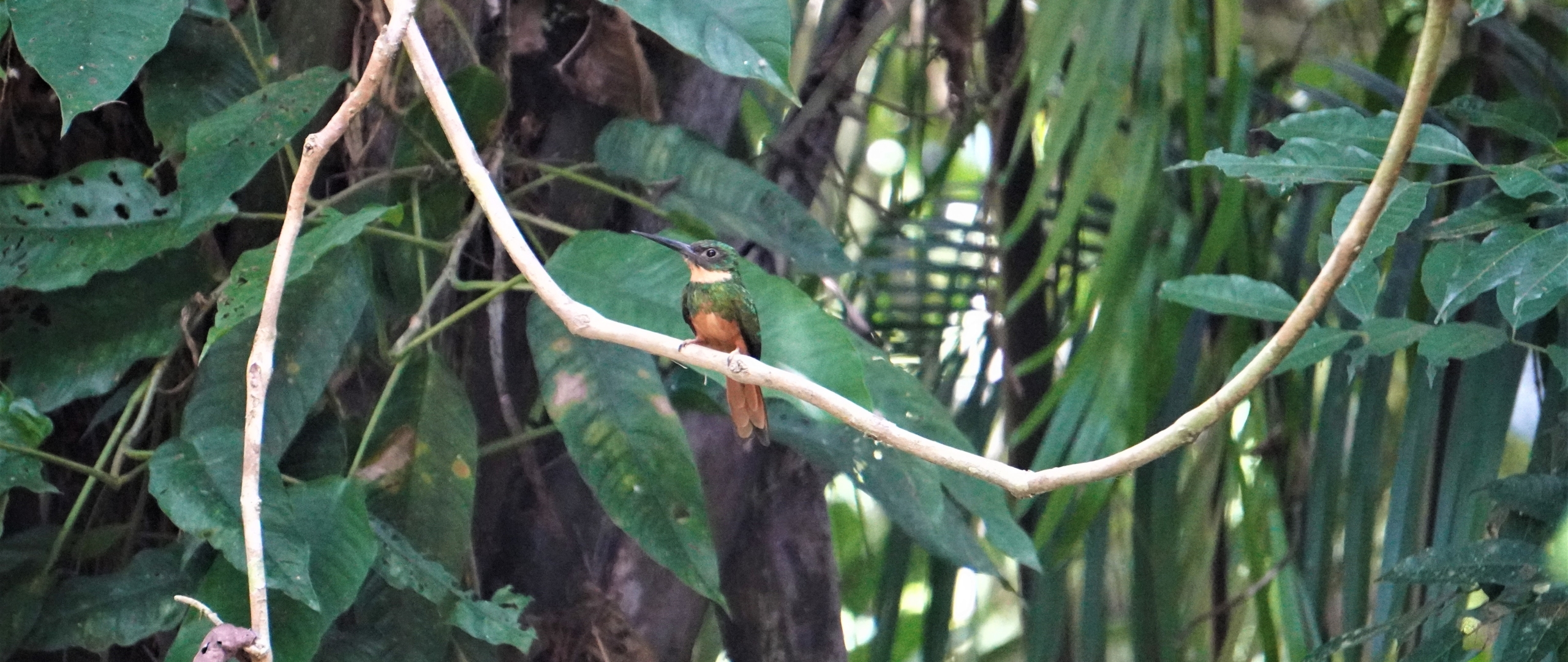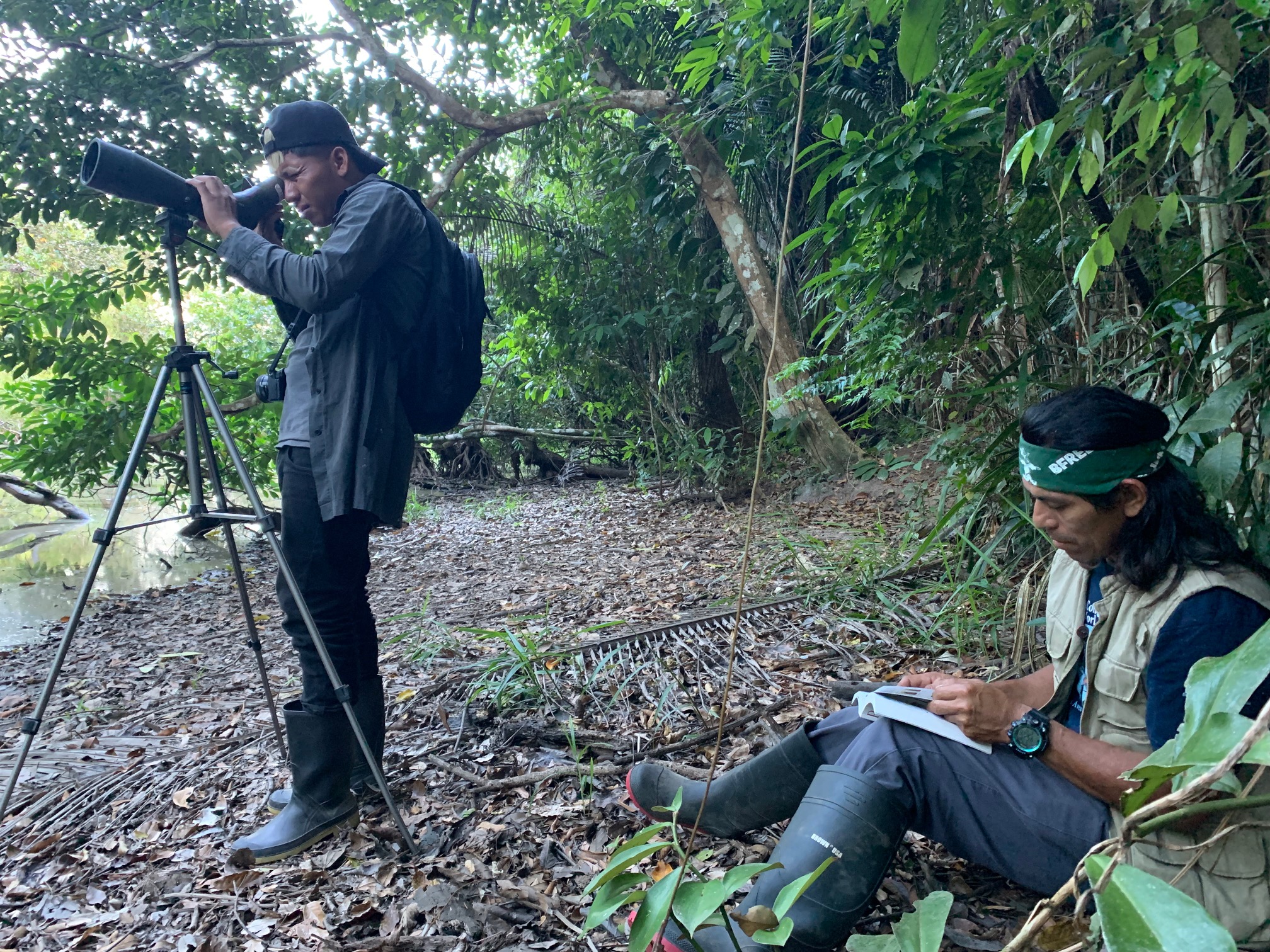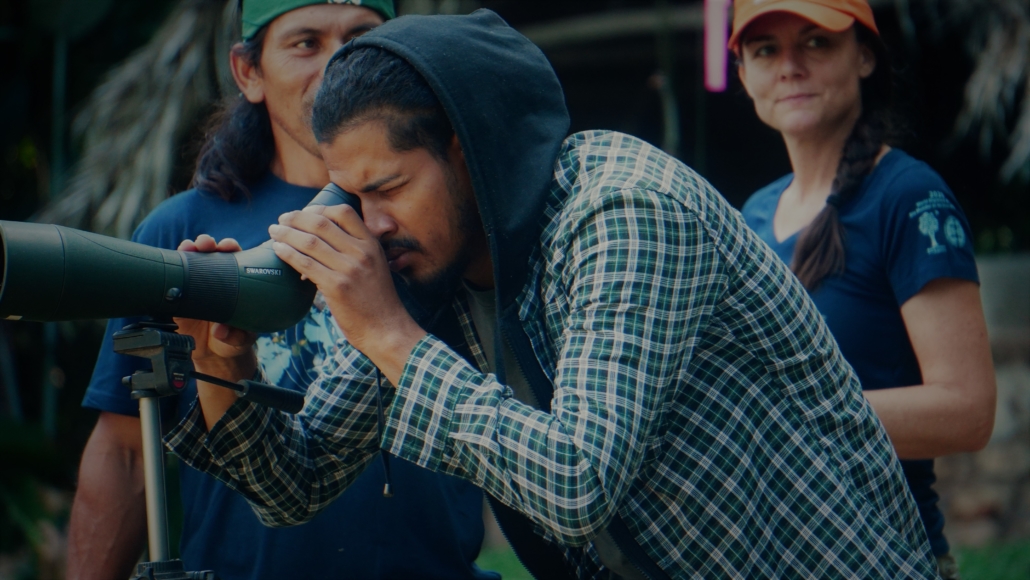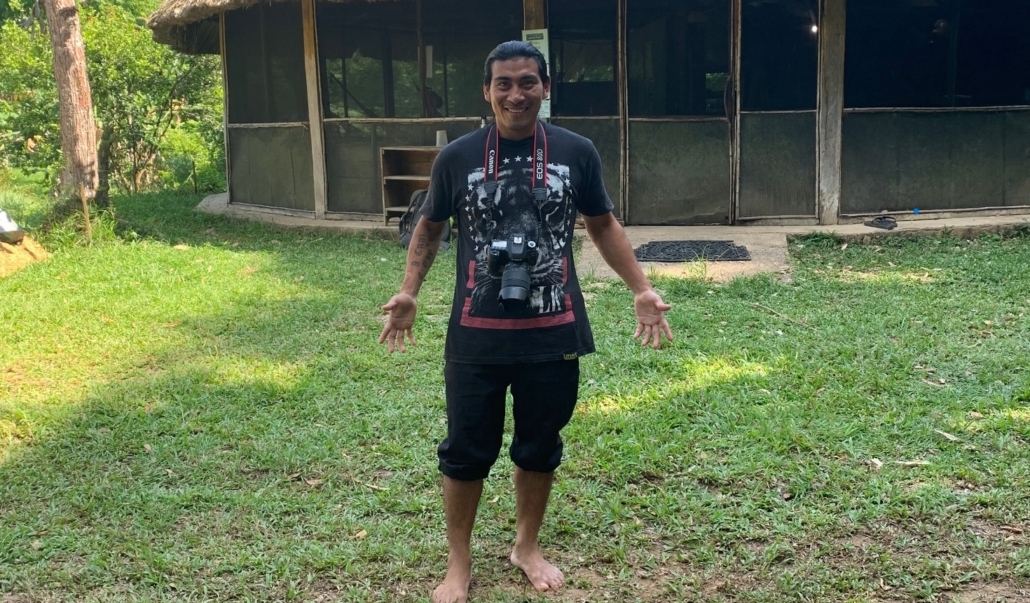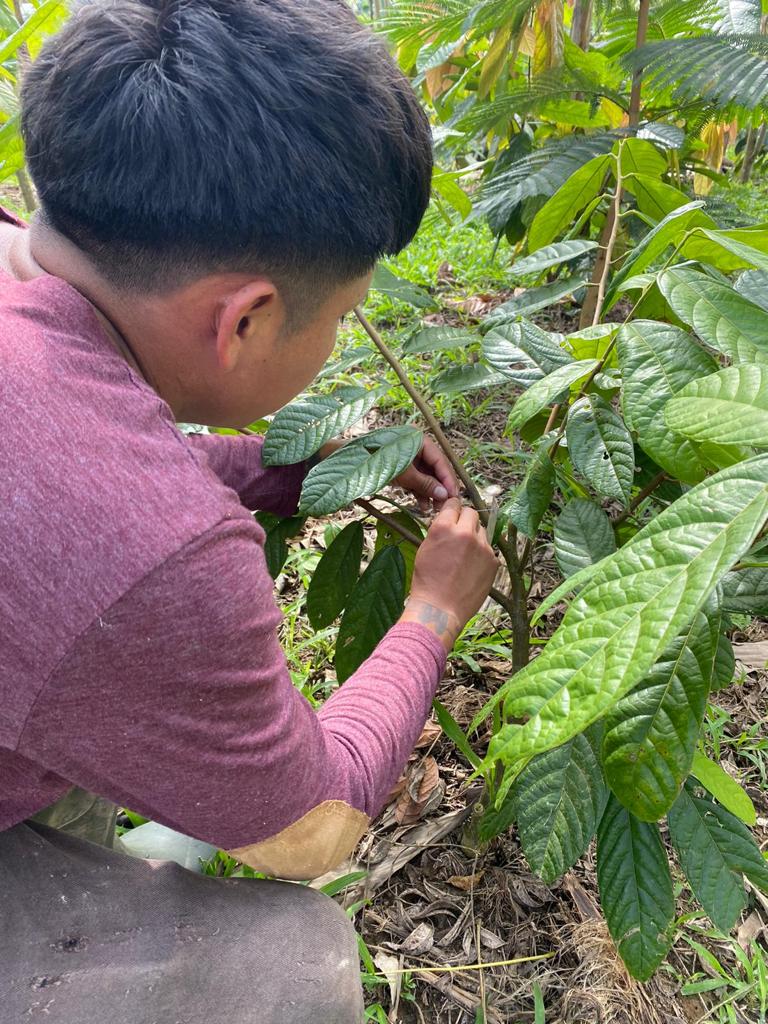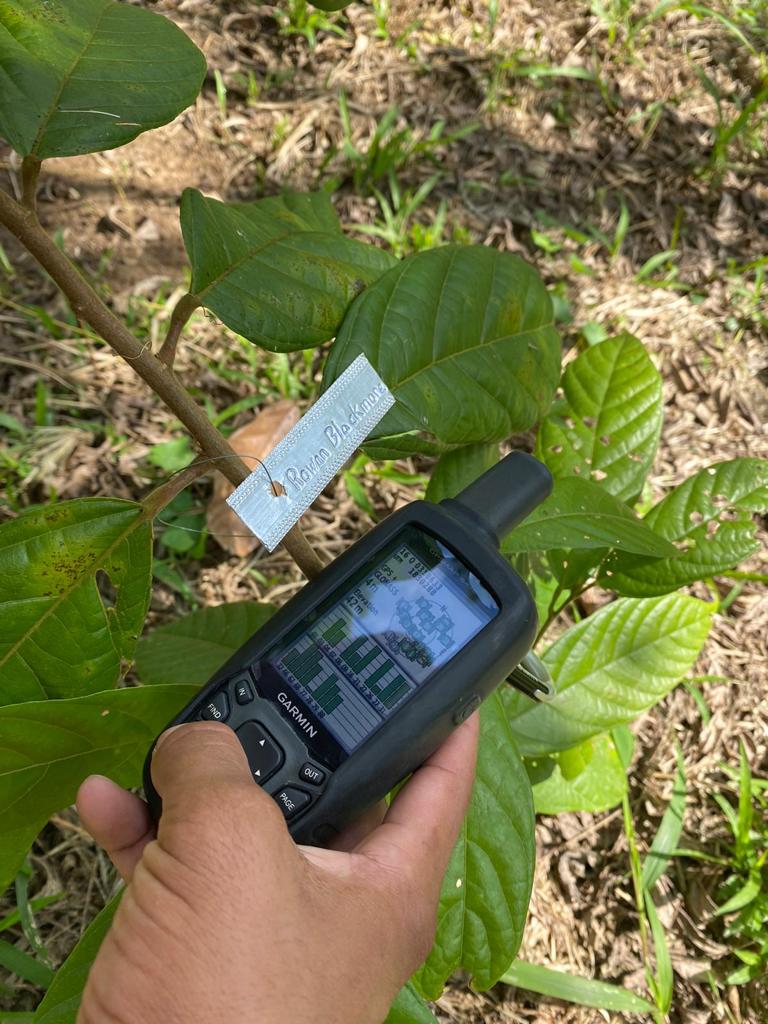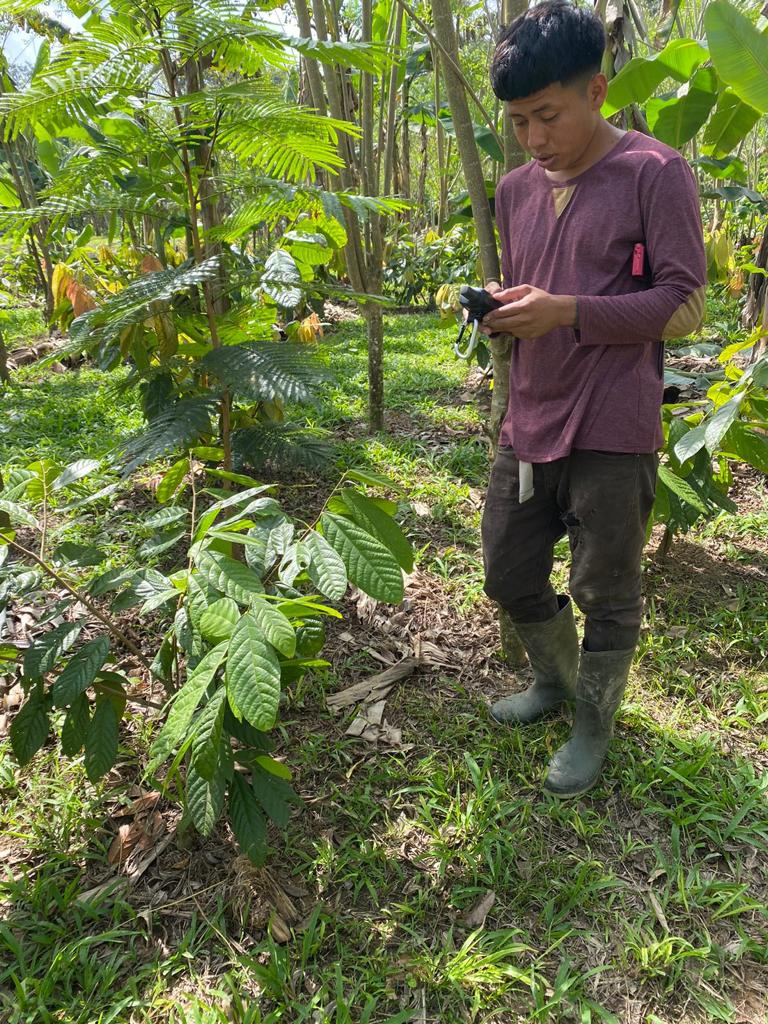Agami Heron Study
Since 2016, I have served on the Agami Heron Working Group. This is a group of scientists and conservationists from throughout Central and South America working together to better understand a very secretive and therefore under-documented bird. My role is to ensure that we collect and submit annual nesting data on a small colony of Agami herons. Because the lagoon acts as nesting habitat for Boat-billed herons and Anhinga, we include them in our observation data.
In order to minimize disturbance of the colony, we make infrequent, short visits to the lagoon. Our goal is to determine if nesting has begun for the Agamis. The Boat-billed herons and Anhingas generally nest earlier in the year – March through May. Around the time that they finish their season, individual Agami herons begin to arrive and appear to investigate the area but do not stay.
In late June or early July, pairs of Agamis arrive and begin rebuilding their nests. They use the same nest trees and often the same nests as the Boat-billed herons. They do not appear to use the Anhinga nests which are usually situated higher in the nest tree.
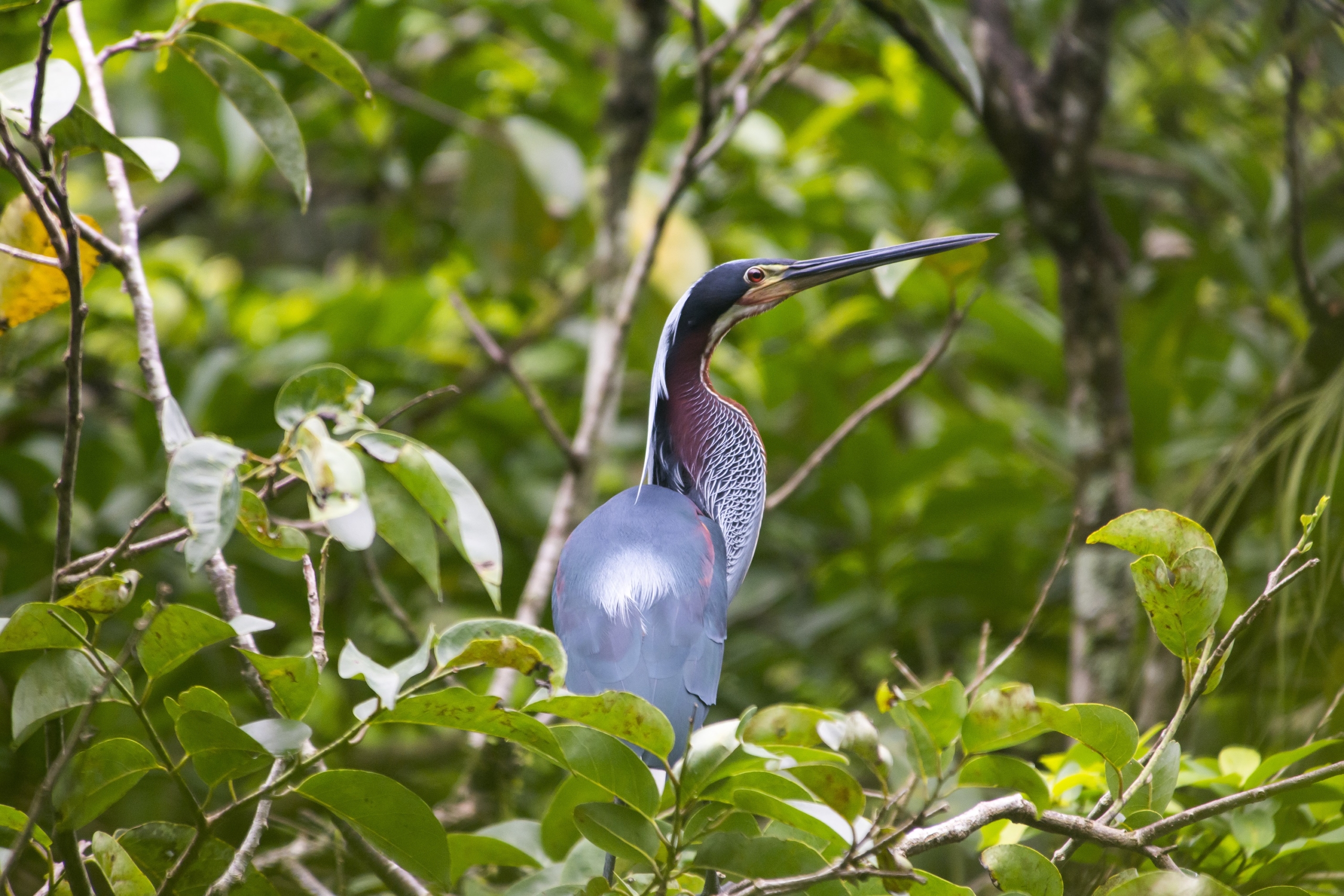
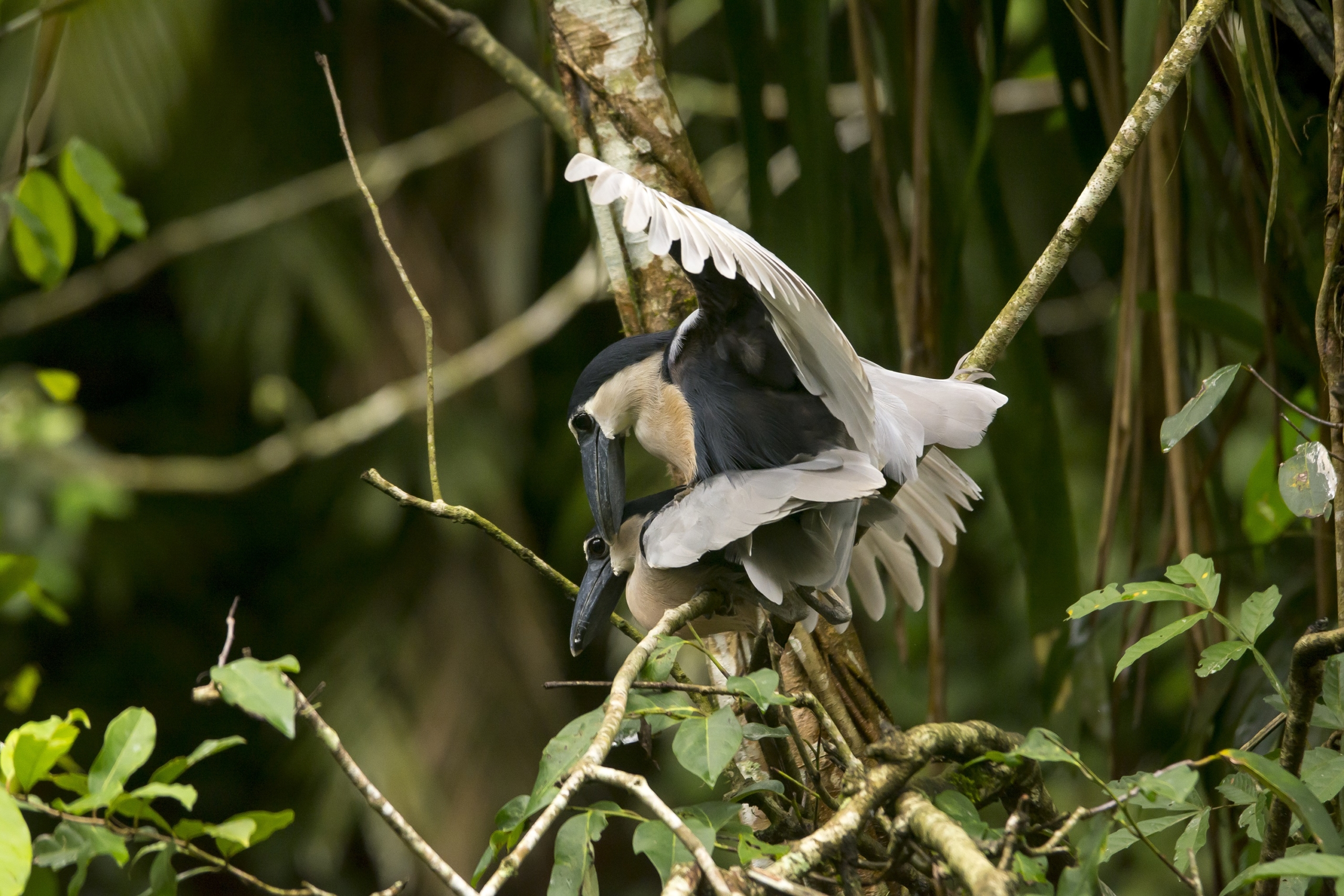
Data Collection
The instructions for documenting the Agami nesting habits are straight-forward, but the timing of their nesting always has made the process a bit tricky. Our data collection begins when the birds are on the nest; however, we can’t visit too frequently. So, it is sometimes difficult to identify the most accurate start date. When we observe the birds on the nest, we document the date, number of nests, number of birds, and other habitat data and then quickly and quietly depart. We return ten days later to do another count.
When eggs begin to hatch and hatchlings grow, we continue to our count: focusing on number of eggs and number of hatchlings. We also look for evidence of parental care, possible predation, and growth stages. At the end of each successful year of data collection, reports are submitted to the Working Group for review.
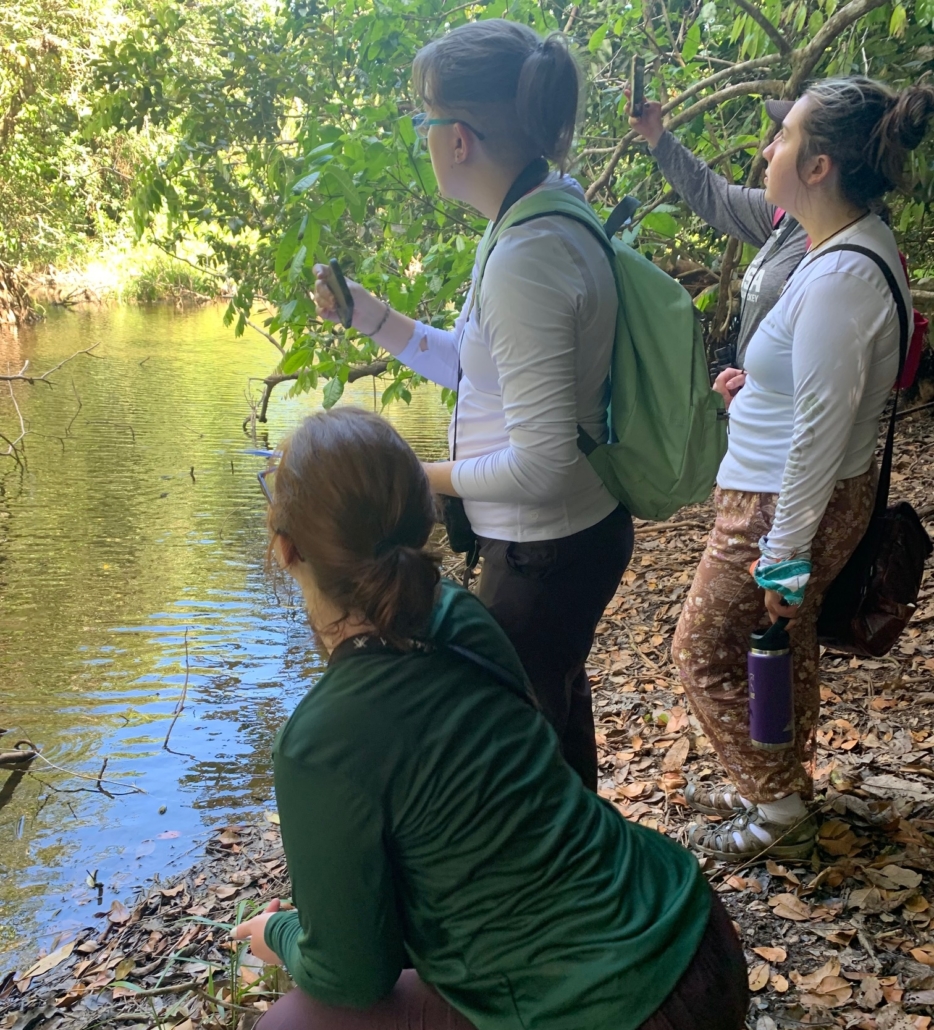
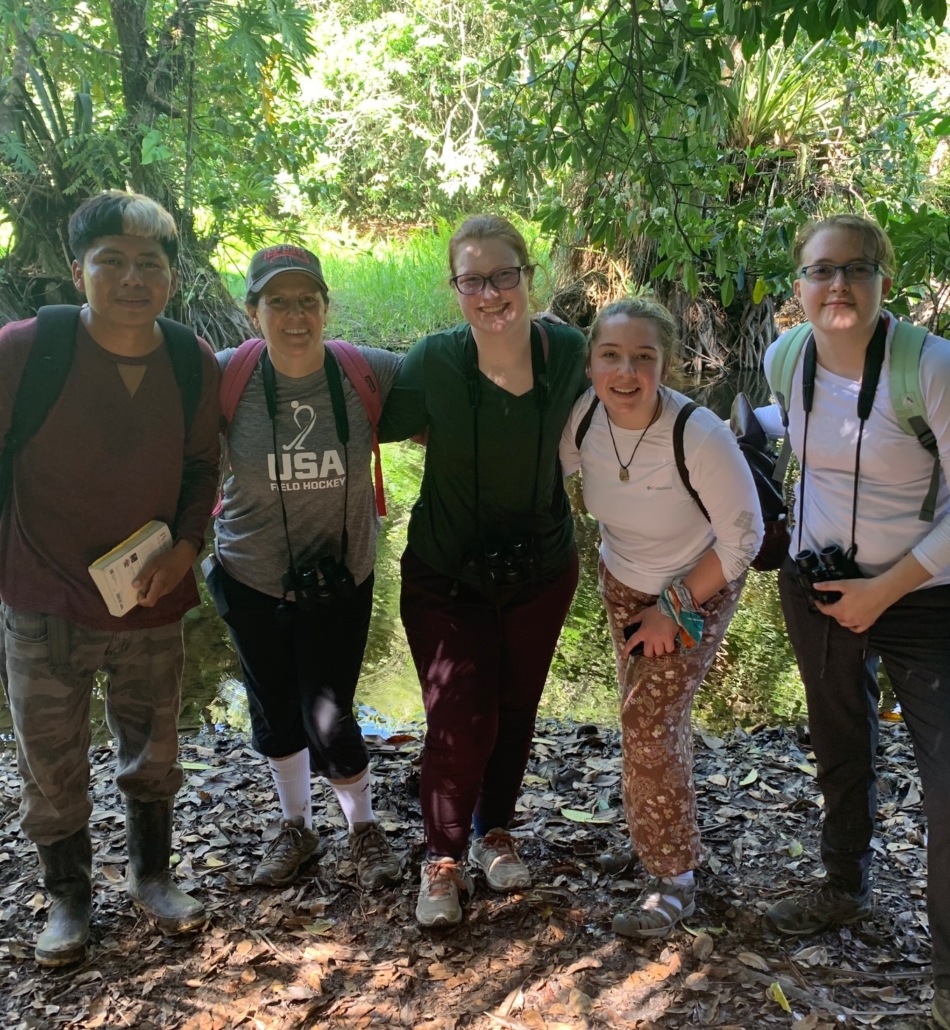
About the Agami Heron Working Group
The Agami Heron Working Group established an action plan for the conservation of the Agami Heron in 2015. The plan can be accessed in English, French or Spanish. The Group will continue to provide an information exchange and coordination point for those interested in research and conservation of the species.

